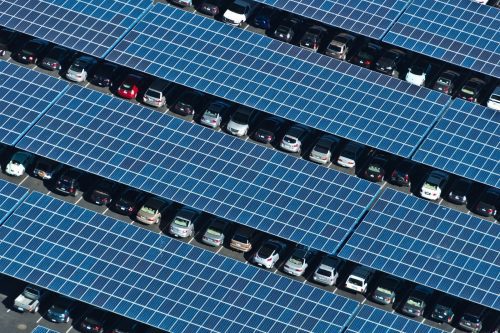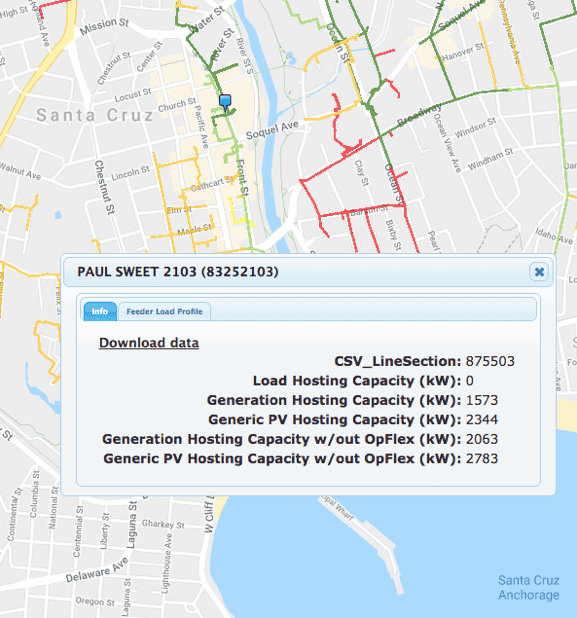 Rather than continuing the slow process of evaluating local renewable energy projects one at a time, our Community Microgrid Initiative is creating a fast pathway to bring clean local energy online.
Rather than continuing the slow process of evaluating local renewable energy projects one at a time, our Community Microgrid Initiative is creating a fast pathway to bring clean local energy online.
By modeling large areas of the distribution grid, we can efficiently identify greater distributed generation opportunities, allowing utilities and regulators to establish streamlined deployment plans. This systemwide approach enables large amounts of local renewables to come online in months rather than years.
The Clean Coalition is collaborating with electric utilities and technology firms to ensure that grid modeling software enhances visibility and management of energy at the distribution grid level. This advanced distribution grid modeling, which includes optimization analysis for both the location and mix of distributed energy resources, allows for a quick and accurate assessment of an individual substation’s potential capacity for local renewable energy. Utilities can then rapidly deploy local renewables in communities based on simplified integration scenarios, such as:
- Lower-cost capacity: The amount and location of local renewables that can be brought online, using existing voltage regulation and advanced inverters, with minimal investment in the distribution grid
- Medium-cost capacity: The amount and location of local renewables that can be brought online with cost-effective storage and some investment in the distribution grid
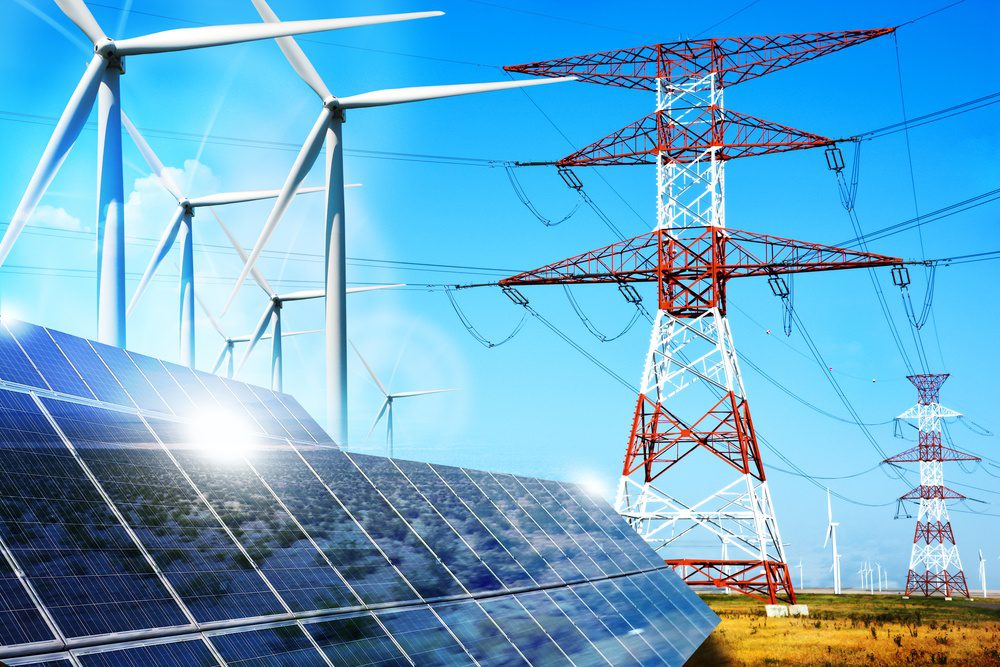
- Higher-cost capacity: The amount and location of local renewables that can island essential services with additional storage, local reserves, and more substantial investment in the distribution grid
These scenarios will guide utilities and regulators to determine appropriate local capacity targets for renewable energy and establish pathways to meet an area’s specified goals.


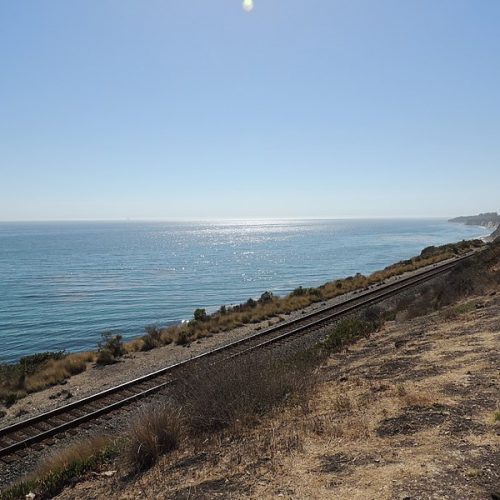
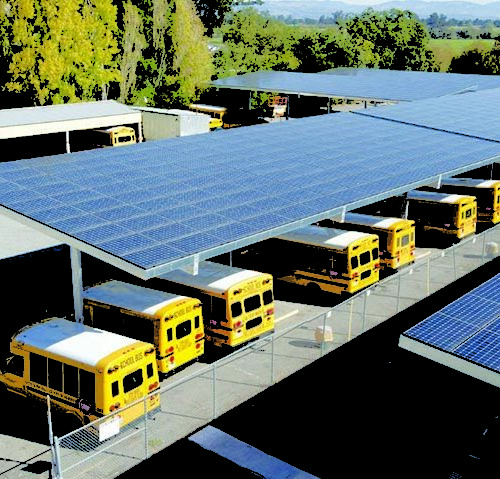
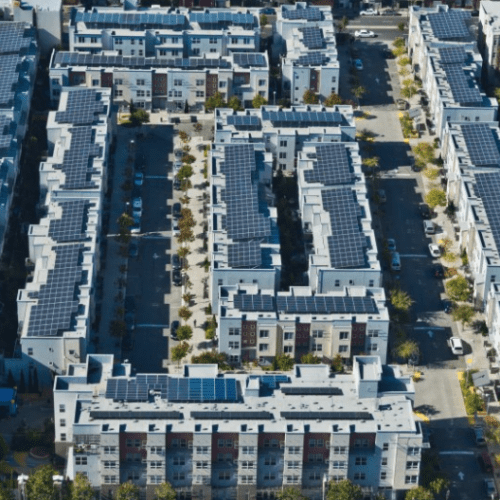
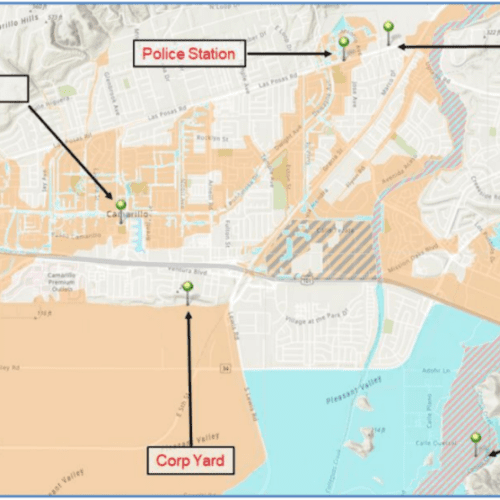
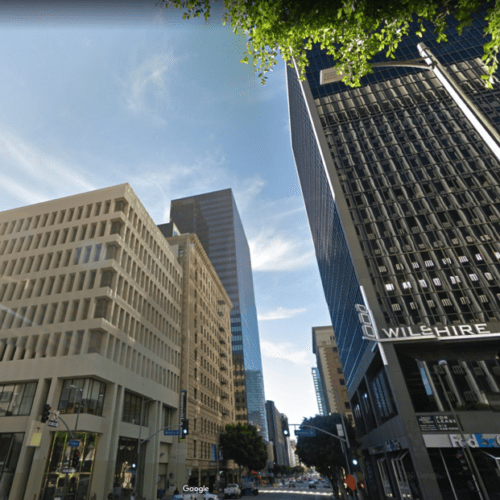
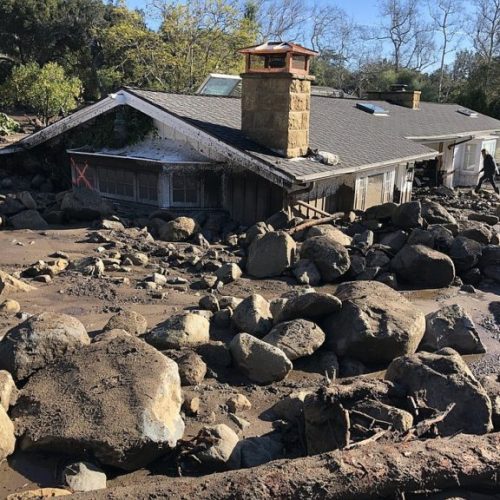
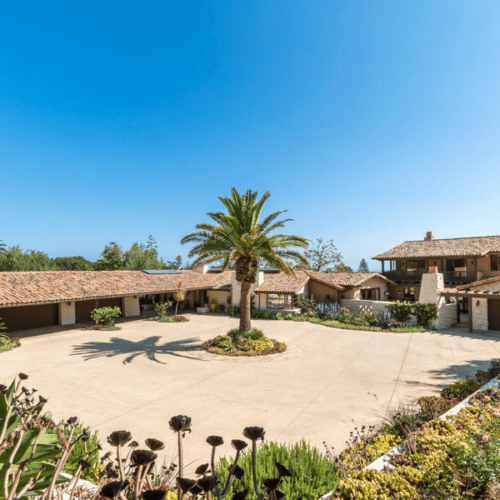


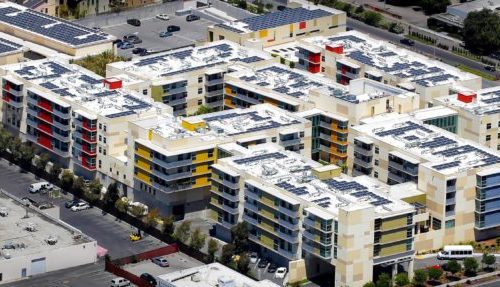
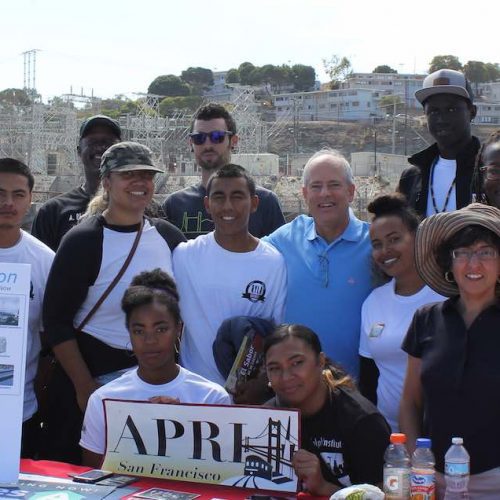
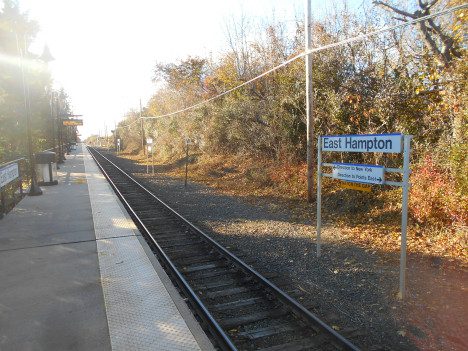
 Rather than continuing the slow process of evaluating local renewable energy projects one at a time, our Community Microgrid Initiative is creating a fast pathway to bring clean local energy online.
Rather than continuing the slow process of evaluating local renewable energy projects one at a time, our Community Microgrid Initiative is creating a fast pathway to bring clean local energy online.
